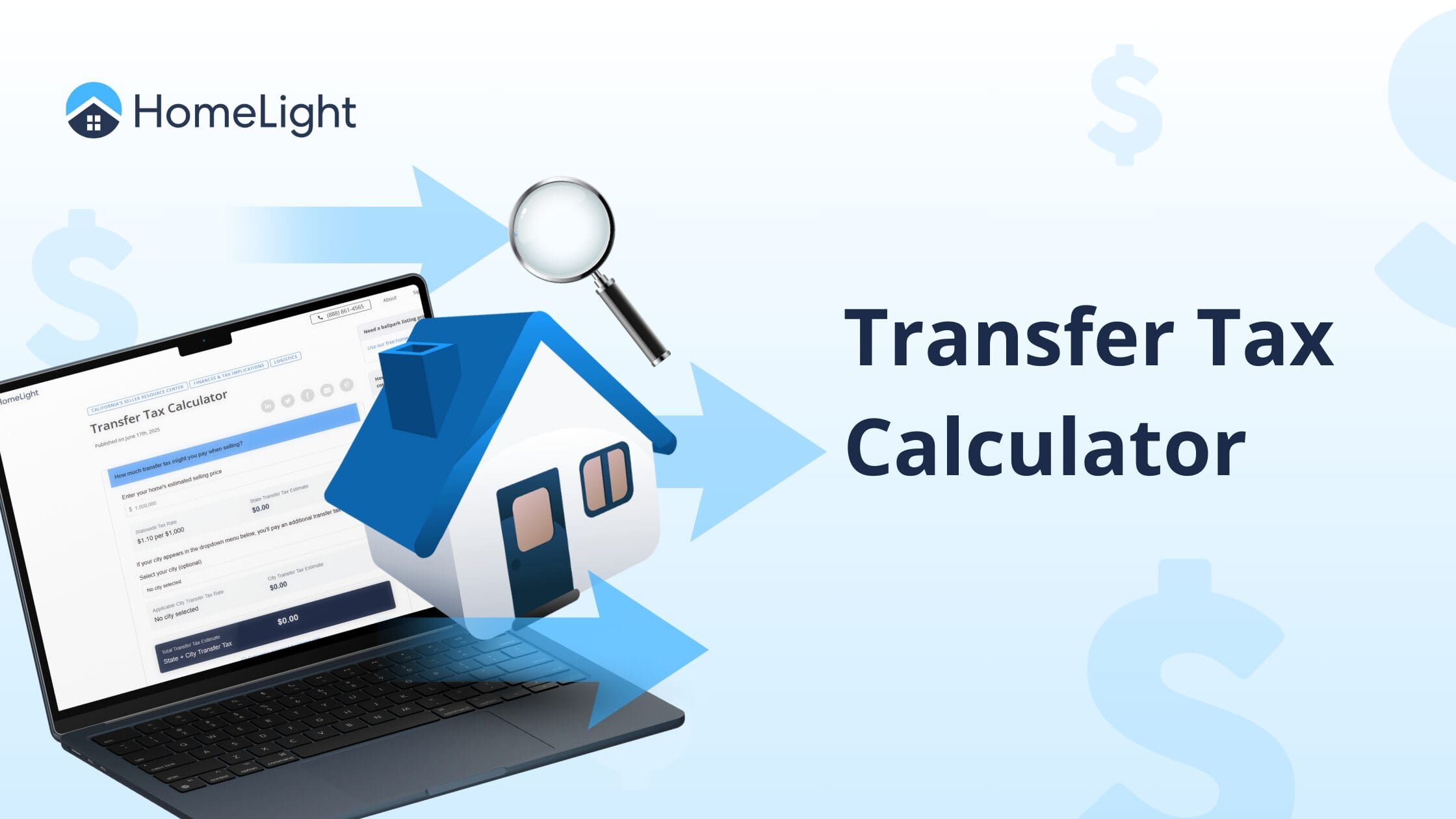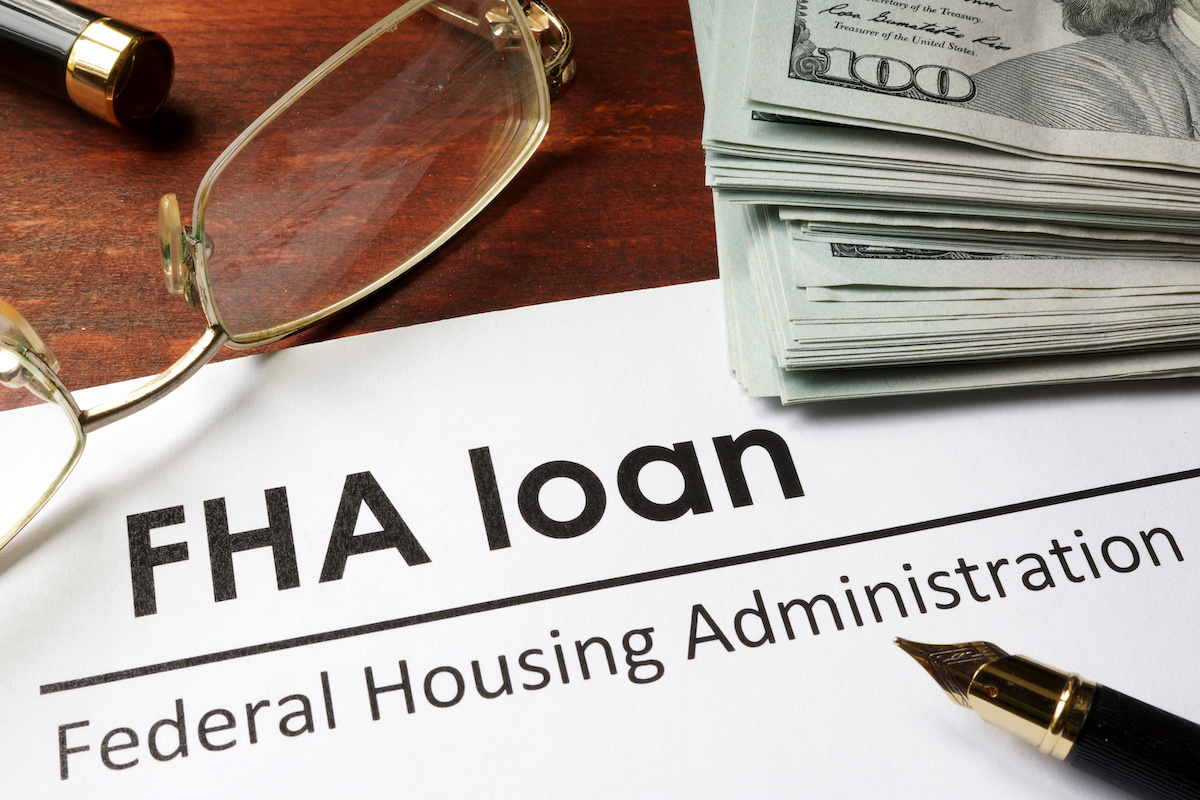A rising tide of financial pessimism is washing over U.S. consumers, driven by concerns about inflation, global instability and a lack of economic clarity.
At the same time, a solid majority of Americans remain optimistic about their financial future, according to TransUnion’s Consumer Pulse Study for the second quarter of 2025.
The result is a nation of households that are increasingly divided on their views of the economy.
Charlie Wise, senior vice president and head of global research and consulting at TransUnion, attributes the growing divergence to economic uncertainty.
“We really emphasized the consumer levels of financial optimism, pessimism,” Wise told HousingWire. “It was interesting for us to see that there was that uptick in pessimism that we’ve seen — the highest level since we started asking about that question in 2021.”
The new TransUnion survey found that 27% of consumers report being pessimistic about their household finances over the next 12 months — a 6-point increase from the Q4 2024 study.
Fifty-five percent remain optimistic, a figure that has held steady despite economic turbulence.
Uncertainty and tariffs fuel anxiety
Wise said the persistence of varied sentiment reflects a polarization that is not necessarily contradictory.
“We have the optimists, we have the pessimists, and then we have the people who essentially are neutral, uncertain,” he said. “What we’ve seen is, as the level of optimism has been relatively steady, it’s people that have been sort of in that uncertain middle that have come off the sidelines and said, ‘Oh, OK, now I’m feeling less positive about the future.’”
Economic signals behind the shift in sentiment vary, but tariffs appear to be a central concern.
“The resounding theme is really the uncertainty around tariffs and what that means for household finances,” Wise explained. “Most households probably don’t have a strong sense of the mechanics of tariffs, but they do know that they don’t like inflation.”
Wise warned that geopolitical instability may further dampen consumer sentiment.
“Anything that gives consumers reasons to fear an increase in prices is at the heart of wherever the consumer sentiment lies,” he said. “It all just feeds into, ‘What does that mean for prices, and what does that mean for inflation?’
“We have seen, looking back over 45 years, that the lowest levels of consumer sentiment, the highest peaks of consumer concern, have coincided with the periods of the highest levels of inflation. So, beyond taxes or unemployment, it really is inflation that is pervasive across almost every sector of the U.S. population.”
Interest rate lock persists
The situation is especially complex for the housing market. Wise noted the huge number of Americans who current hold mortgages originated since 2022 with rates above 6.5%.
He said many of these homeowners are anxiously watching the Federal Reserve, hoping for a drop in interest rates. The Fed held benchmark rates steady in the range of 4.25% to 4.5% following its two-day meeting on Wednesday
“Millions of consumers are sitting on very low interest rates that they’re not excited to disrupt outside of having to move if they get a new job or, ‘I just have outgrown my house and we really need to move.'” Wise said.
“There’s definitely that activity going on. We continue to see about a million new purchase mortgages originated every quarter and those numbers are actually ticking up. So we do see activity, but there’s a lot of people that are sitting.”
Generational divide
The survey also found a generational divide in optimism. Younger Americans — particularly millennials and Gen Z — reported higher levels of financial confidence, while baby boomers expressed growing concern. Wise attributed this to differences in financial flexibility.
“(Boomers) don’t necessarily have the income flexibility and they’re potentially more concerned about rising prices,” Wise said. “They’re probably going to be on a more fixed income. They can’t count on wage gains and that may be a problem.”
Gen Z (67%) and millennial (64%) optimism about finances in the next 12 months far exceeded that of the overall population (55%). Conversely, Gen X (52%) and boomer (43%) optimism came in lower than the national average.
Across nearly every key financial metric — including future income expectations, planned household budgets and wages keeping up with inflation — sentiment among younger generations outpaced older generations by 10 percentage points or more.
A recession in feeling, if not in data
Adding to the confusion is what Wise describes as a “feeling-based recession expectation.” While traditional metrics show the U.S. has not entered a formal recession since 2020, many consumers feel like they are already in one.
“We look back at 2022, 2023, and significant numbers of consumers back then said we’re already in recession. Well, we weren’t,” Wise said. “But people feel like we are because they don’t think about the technical definition of recession. They’re thinking about how the job market’s stagnant, interest rates are high and prices are through the roof.
“They’re thinking, ‘I’m having more trouble making ends meet. Yep, that qualifies as a recession.’”
Wise believes this calls for better tools to measure what a recession means for everyday Americans.
“Subprime consumers are always in a personal recession,” he said. “There may not be a recession out there, but there’s a recession in those four walls,” he said. “Conversely, you have people where the economy may be in the doldrums, but they’re doing just fine and think, ‘What recession?'”



















 English (US) ·
English (US) ·